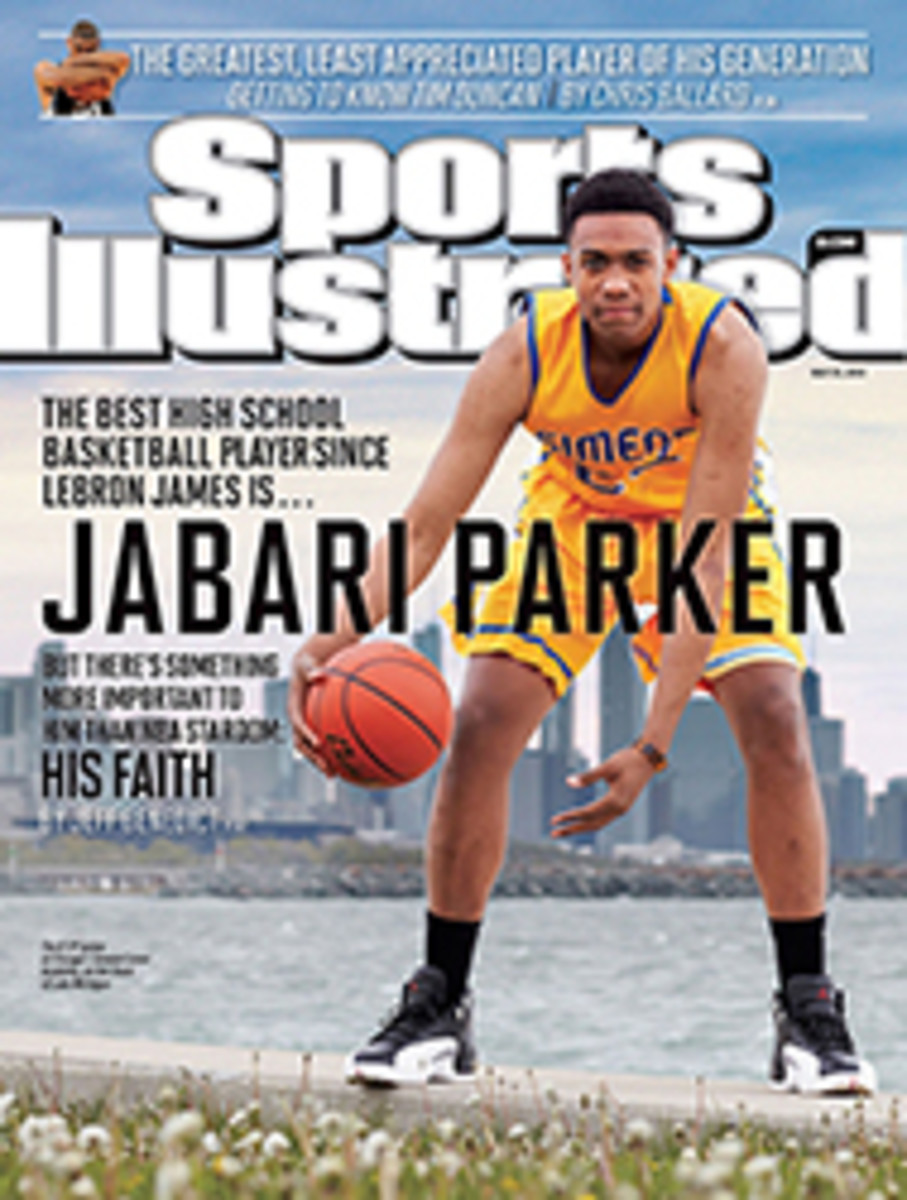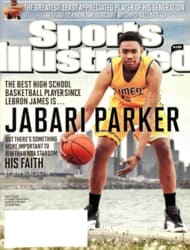
TO SERVE OR NOT TO SERVE?
This summer North Carolina freshman Stilman White and Harvard freshman Corbin Miller will, like thousands of Mormon Division I student-athletes before them, begin serving two-year missions for their church, during which they will perform public service, study the Bible and teach the gospel to non-Mormons. "A lot of people ask, 'If you're living the dream playing basketball at North Carolina, why give it up?'" says White, a guard from Wilmington, N.C. "It's something I've wanted to do since I was little. The fact that Coach [Roy] Williams was supportive of my serving a mission played a huge role in my decision to go to North Carolina."
Harvard's basketball coaches and players have been equally supportive of Miller. "My teammates are surprised by the size of the commitment and the length of time that I will be gone," says the point guard from Sandy, Utah, whose mission will begin next week in Puebla, Mexico, "but they have all been respectful."
The extra two years of physical and emotional maturation afforded by missions can provide advantages in college and even professional sports. Chad Lewis didn't play football his freshman year, but after serving in Taiwan from 1990 to '92 he walked on at BYU and made the team as a tight end. He went on to play nine years in the NFL and was a three-time Pro Bowler. "I was cut two times," Lewis says, "but I still had an absolute drive to get to the top. A lot of that came from being a missionary. I learned a lot about hard work and toughness. And because I learned how to speak Chinese, I've gone back to China many times as an NFL ambassador. My missionary service did not shut any doors. It only opened them."
Shawn Bradley, the 7'6" BYU center, served in Australia after his freshman season. After returning, he declared for the '93 NBA draft, in which he was taken second, and played for 12 years with three teams. "As far as basketball skills go, the mission probably did hamper me," Bradley says. "I had only one day a week that I could practice. However, had I not had my mission experience, I think the NBA would have chewed me up and spit me out in two years. Because of my mission, I knew who I was. It built me up and brought me down to my core in a way nothing else could."
Still, Mormon athletes with a chance to reach the top of the NBA or the NFL have to weigh the consequences of a two-year hiatus in athletic training and skill development. Jimmer Fredette, the 2011 college basketball player of the year at BYU and the 10th pick in last year's NBA draft, did not serve a mission. Neither did the three most successful Mormon athletes in recent history: Danny Ainge, 25-time PGA Tour winner Johnny Miller, and three-time Super Bowl champion Steve Young.
Ainge, a three-sport All-America at North Eugene (Ore.) High, was focused solely on becoming a pro athlete. He entertained the idea of going on a mission only after his freshman year at BYU, in 1977--78, when he was surrounded by young men preparing to enter missionary service. But that summer Ainge consulted church leaders and the Cougars' basketball coach, Frank Arnold, and decided to stay in school. "Coach Arnold talked about the mission of the BYU basketball program," says Ainge. "Everywhere we went he'd organize opportunities for us to speak to youth. He believed that BYU basketball players were the second best missionary tool next to the full-time missionaries. [So] I set out to be the best missionary I could be as an athlete."
Ainge's three sons, all college basketball players, chose a different path. Austin Ainge, now 30, served a mission in the Dominican Republic, and his brother Tanner, 28, in Ghana. Cooper, 18, will redshirt his freshman season at BYU and then go on a mission.
Young, unlike Danny Ainge, had always planned on serving a mission. A descendant of early Mormon leader Brigham Young, he was the only Mormon at Greenwich (Conn.) High, where he was co-captain of the football, basketball and baseball teams. After his freshman season at BYU, in 1980, Young was eighth on the quarterback depth chart. He submitted paperwork for a mission, but after long conversations with his parents and his bishop back in Greenwich, he felt inspired to return to school. By his senior year Young was the nation's top quarterback, leading BYU to an 11--1 record and finishing second in the Heisman voting. "I would have loved to have had the experience of serving a mission at age 19," Young says. "I know it would have given me great insight. But at that time I felt that I made the right choice for me."
And it's still not too late for Young. More than 2,000 retired couples are full-time Mormon missionaries. Nor is Jabari Parker limited to serving at 19. "When Jabari reaches missionary age, he will have the opportunity to ... prayerfully address the issue of how and when he should serve," says David F. Evans, who oversees the church's missionary department. "Jabari will be blessed to understand what he should do under the circumstances of his life at the time."
PHOTO
MANNY MILLAN (AINGE)
SINGLE TRACK Ainge (above) and Young both considered missions for different reasons, but in the end they chose not to interrupt their sports careers at BYU.
PHOTO
CARL IWASAKI (YOUNG)
[See caption above]

